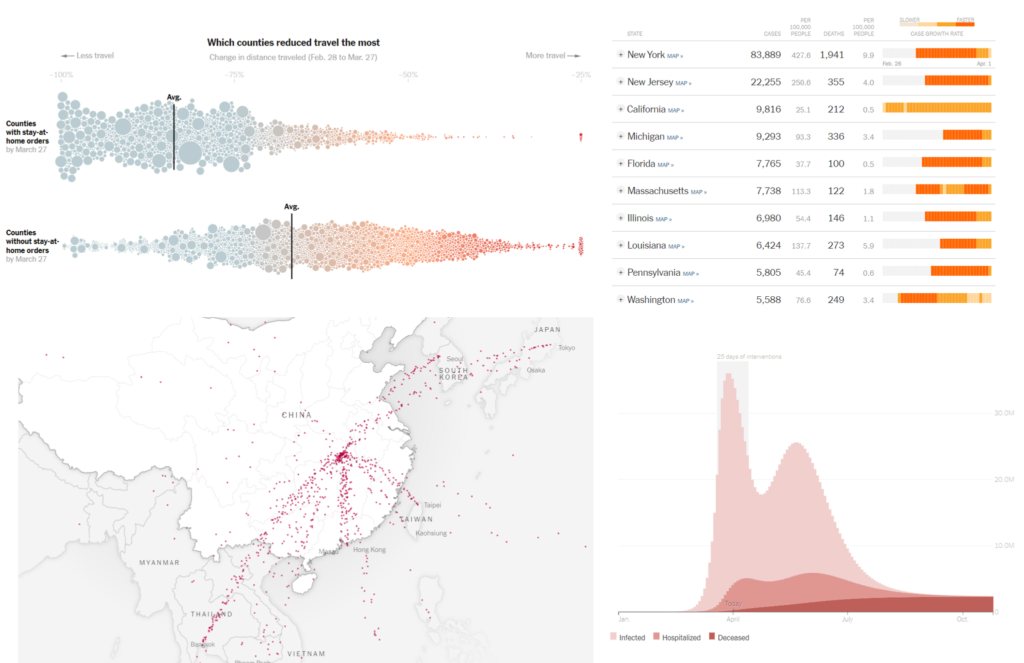I established a simple and productive work cycle for my classes during the first two weeks of Remote Learning. With a foundation in place, I’m now trying to find ways to reproduce what we’re missing from our typical in-person classes.
One thing I tried was starting the week’s unit with a single question.
“The area of one of these regions is easier to compute than the other. Why?”
— Patrick Honner (@MrHonner) April 20, 2020
A nice opener to our area unit: I captured and shared some representative student responses and gave them some follow-up questions to consider for homework.#math #mathchat #geomchat #RemoteLearning pic.twitter.com/Jfm3Z1pdtO
After answers came in I shared some representative responses with the class:
The shape on the left is easier to compute the area of because it can be divided into recognizable polygons (such as a triangle)
It is easier to compute the area of the region on the left because it is made out of lines.
The region on the left’s area is easier to compute since it can be triangulated.
Then I posted follow-up questions for students to think about as homework:
- Why do straight lines make finding area easier?
- Why does breaking something up into triangles and rectangles make its area easier to compute?
- An answer to the previous question might be “Because we have formulas for those shapes”. Why, then, do we have formulas for the areas of those particular shapes?
This work motivated the next day’s video, which was designed to leverage this specific conversation (as discussed in last week’s post), which launched our standard cycle of
Video Intro➜ Text + HW ➜ Formative Assessment Quiz ➜
Written Work Submission ➜ Feedback and Revision
I often design lessons around simple but provocative questions like this, stirring up conversation and debate and then moderating a whole-class discussion that leads us in the right direction. In the first few weeks of Remote Learning I’ve been missing that. This small change brought back a little of what’s been missing.
Related Posts
